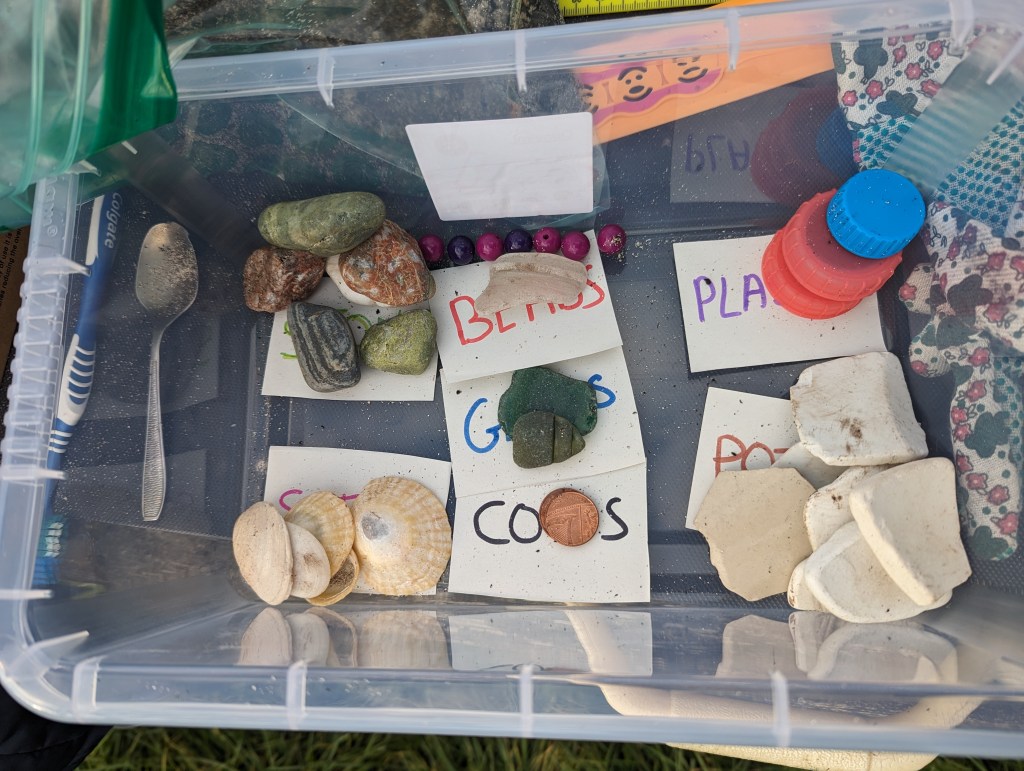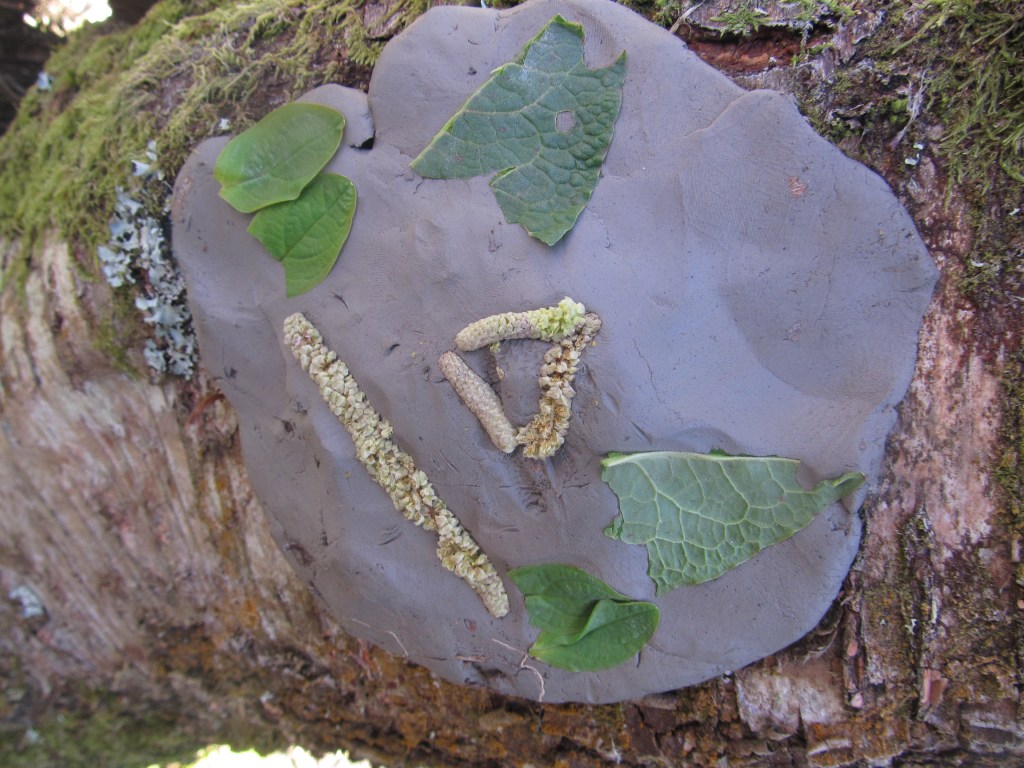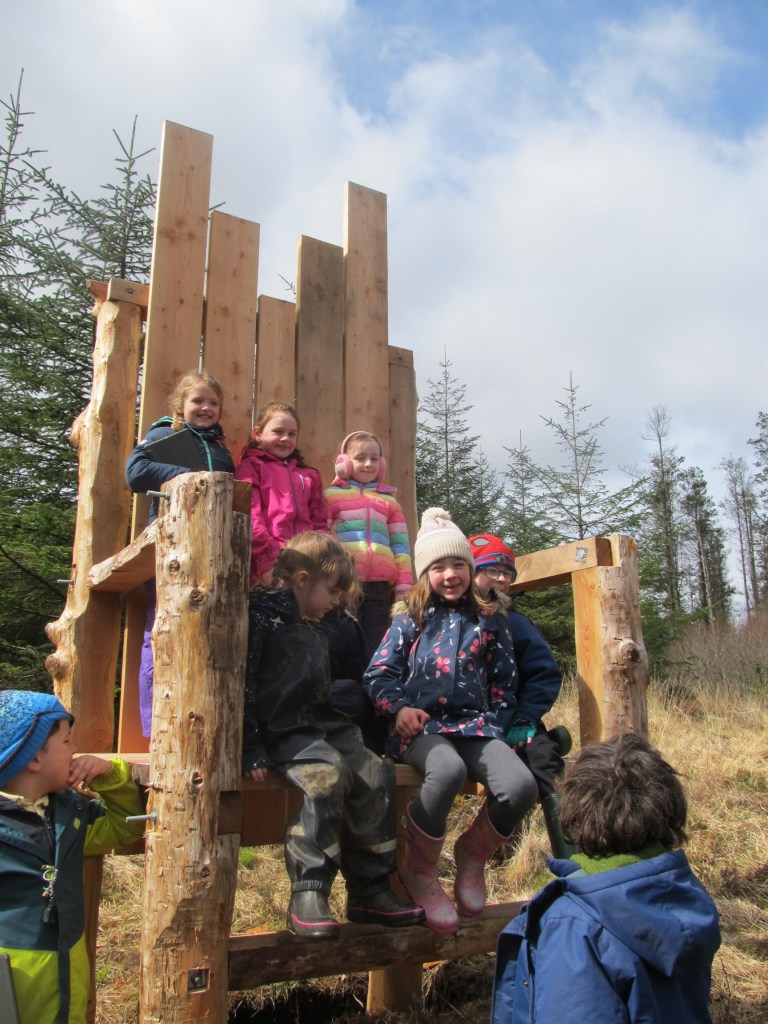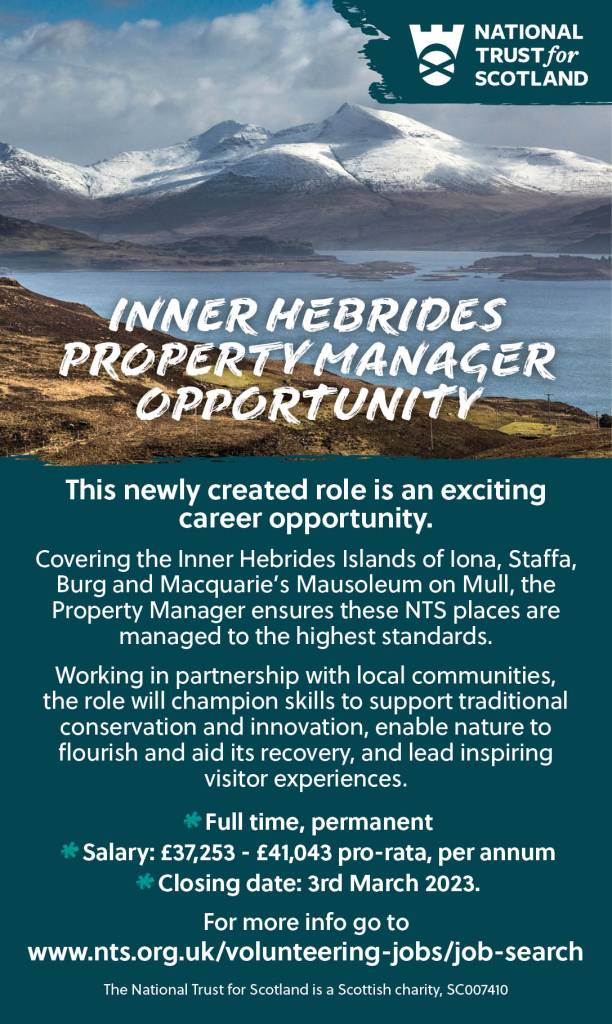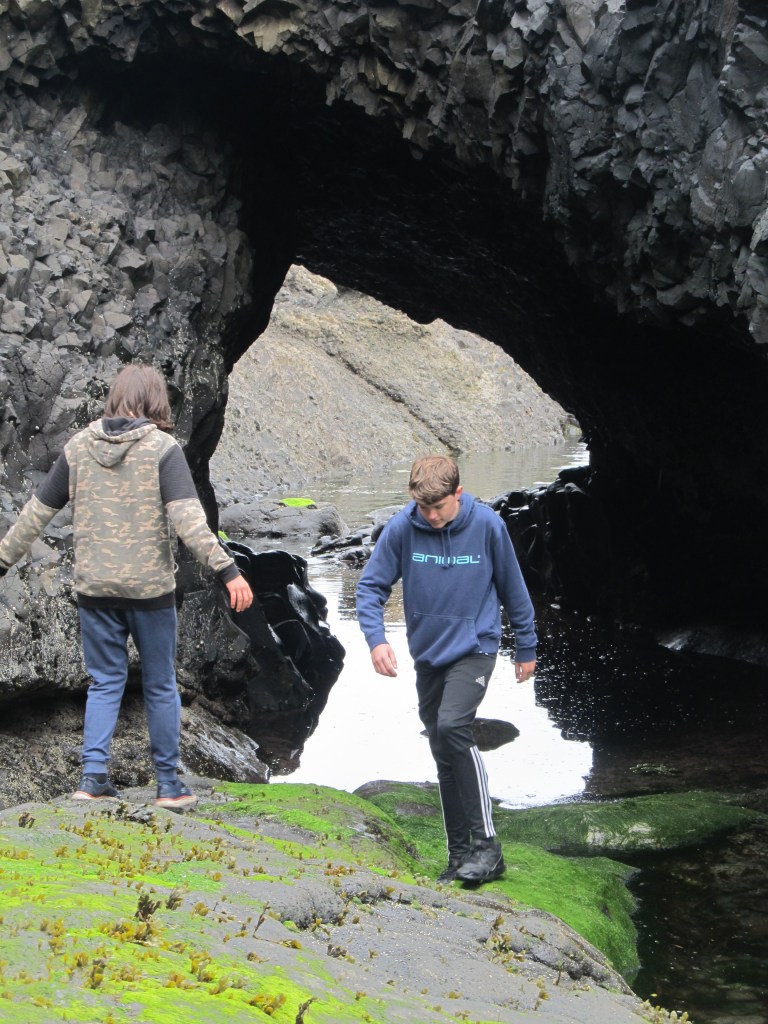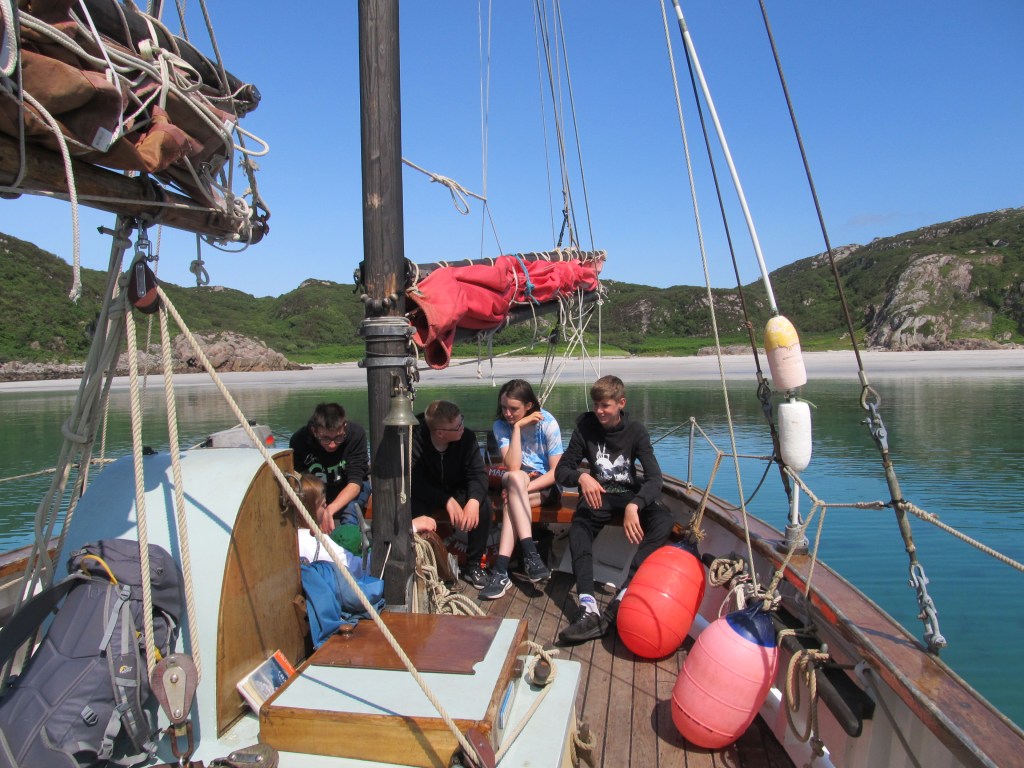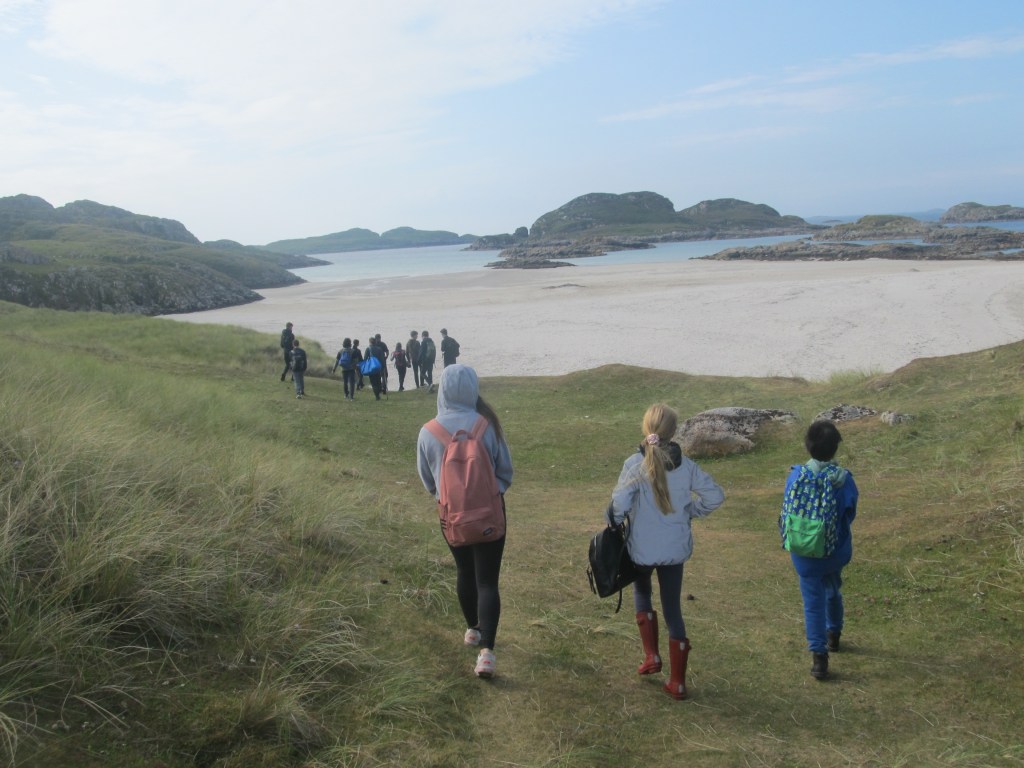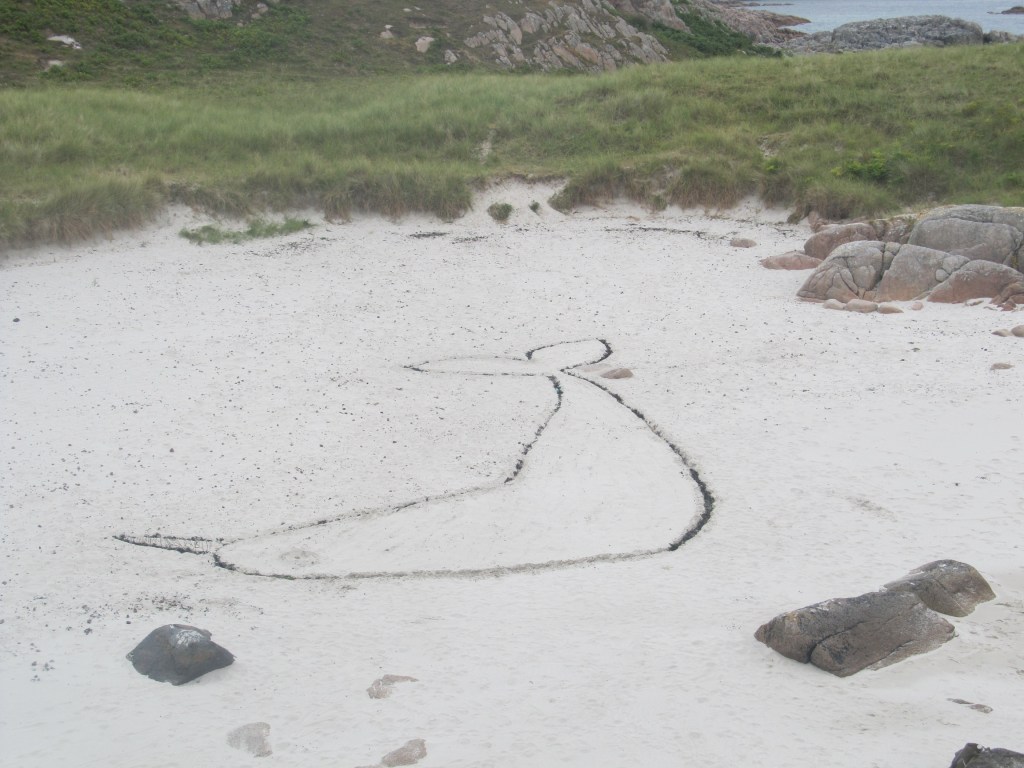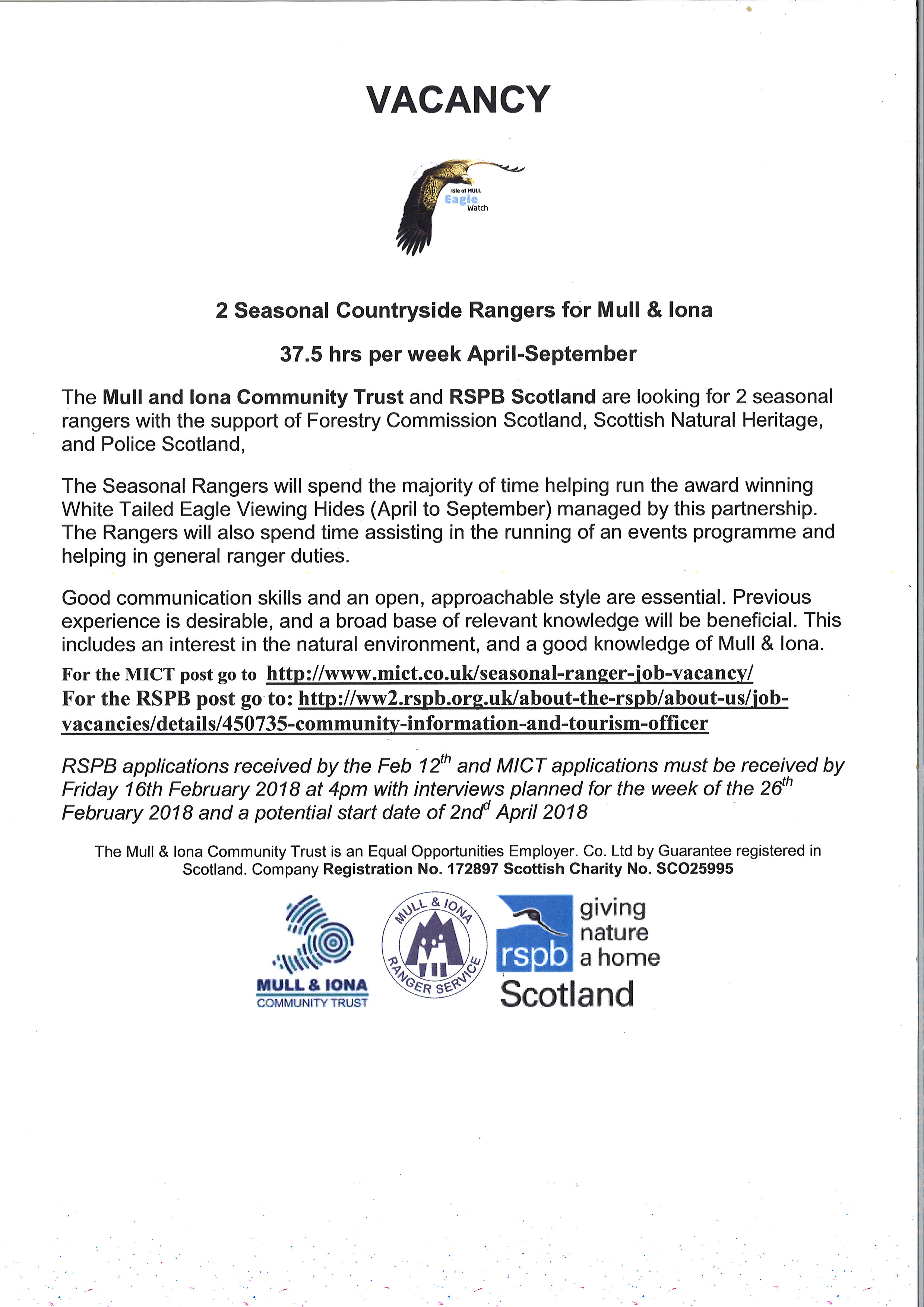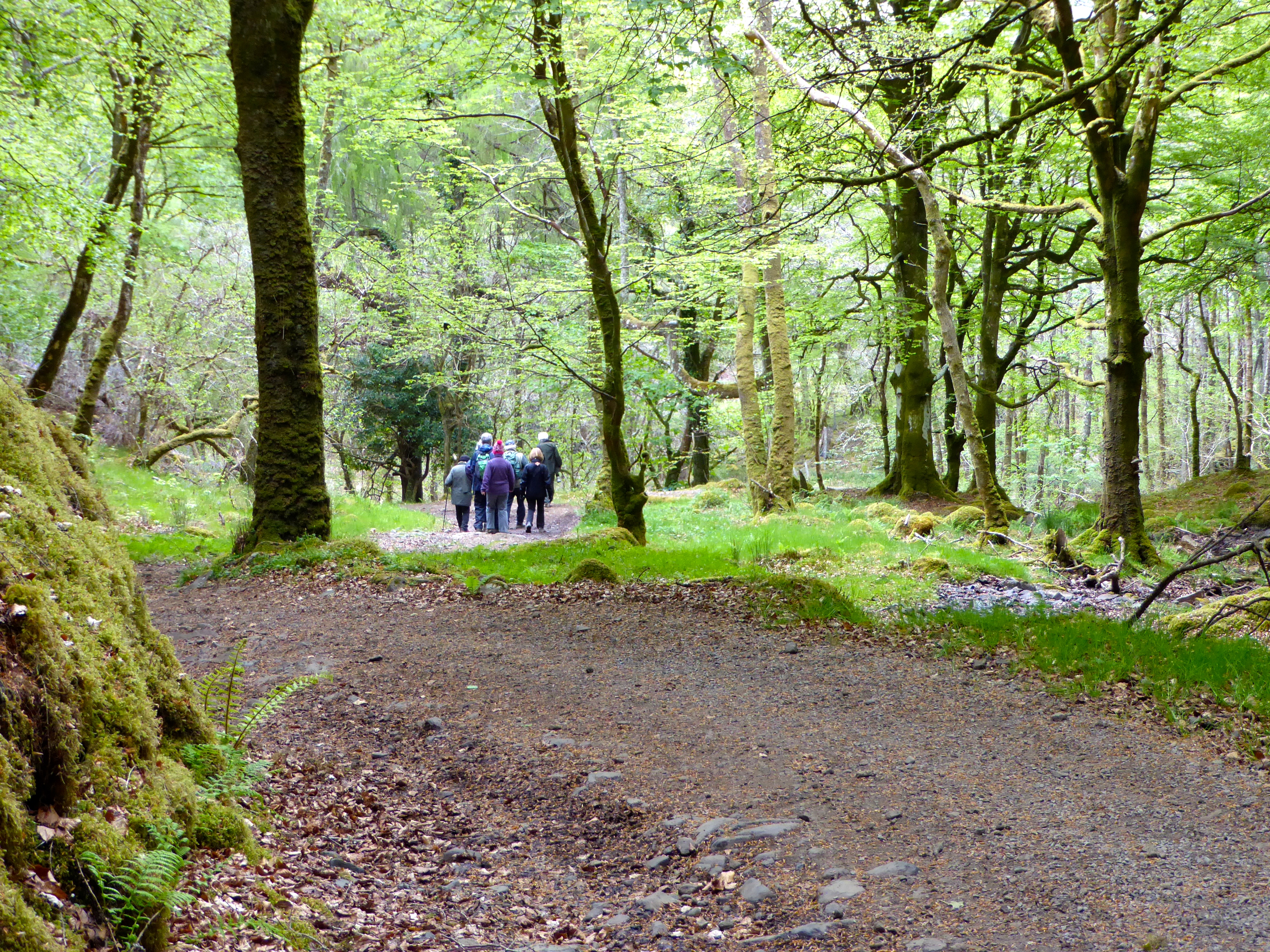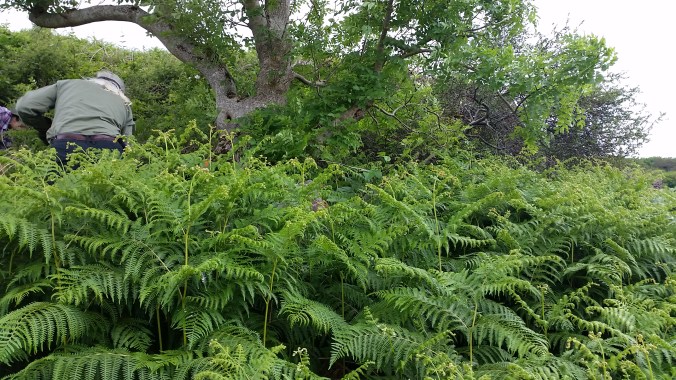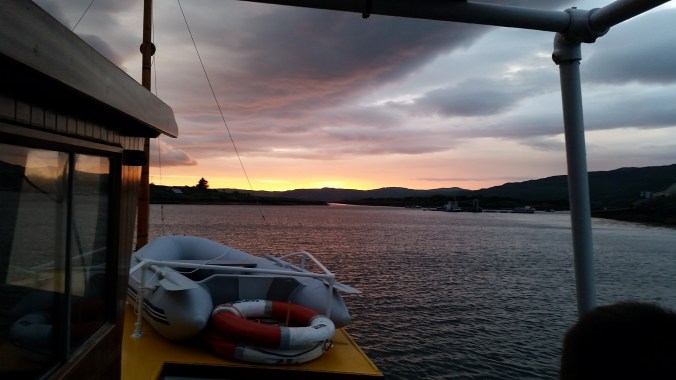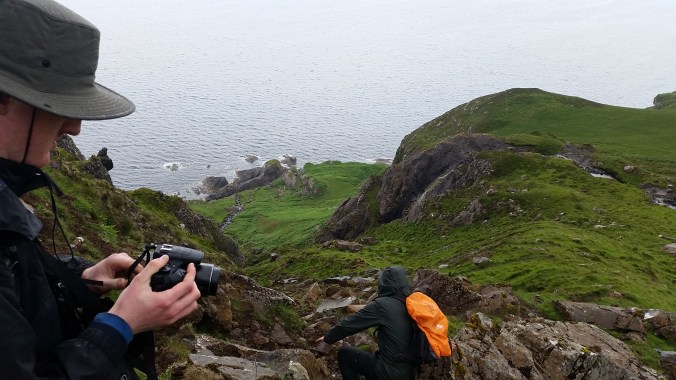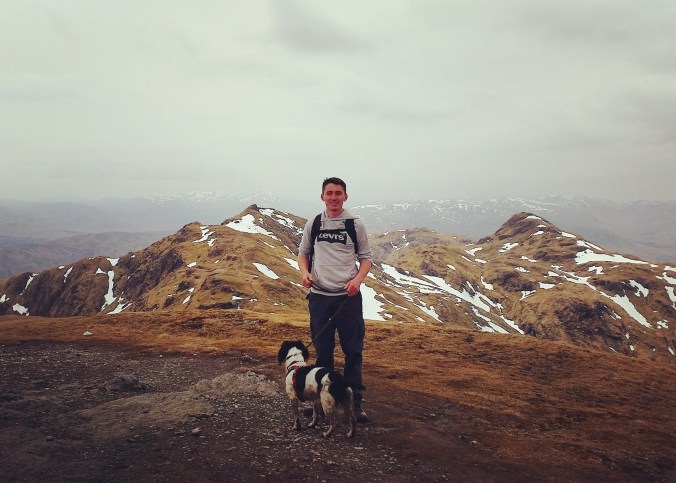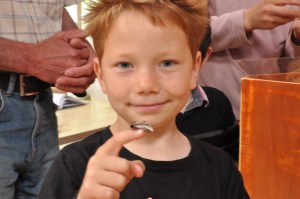National Meadow Day
The first day of July saw events around the country in support of our British flower meadows. We’ve lost 97% of our hay meadow habitat across the UK and so National Meadow Day highlights their importance. Meadows are vitally important for many species, including the flowers and grasses, plus those species which rely upon them. So, with the help and enthusiasm of Carolyne and Somerset of Treshnish, a wildlife friendly farm, we hosted a National Meadow Day event on Mull – where we have our own local Coronation Meadow. For the 60th anniversary of the Queen’s Coronation, a meadow was created in every county, aiming to halt the rapid decline, and too stimulate a new mood toward protecting our meadows.
Magical Moths
On the eve of Meadow Day, we set up three moth traps around the farm, hoping to catch an array of moths to showcase the local biodiversity. Typically, only one of the traps worked throughout the night, but thankfully the few moths we caught were eye-catching and colourful. So, for the first section of the day we crowded into the barn, sheltering from the rain to admire the moths. We also chatted about how to get involved with moth trapping, where to send records and investigated some of the traps available. Three of the stunning moths we enjoyed were the White Ermine, Magpie Moth and a Poplar Hawk Moth.
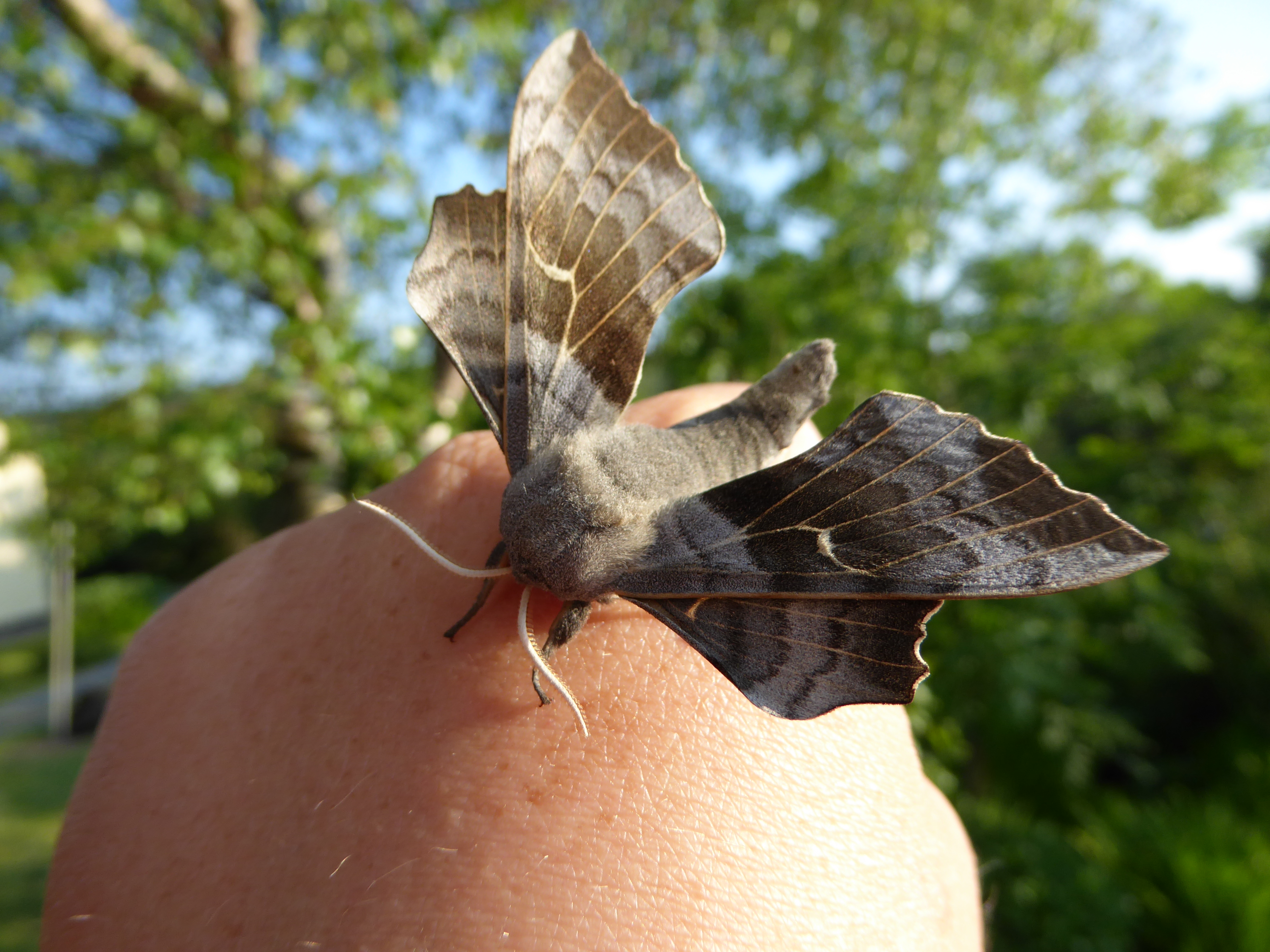
Enthralling flowers
Following this, we braved the dreich weather and walked together to the Coronation Meadow itself. Even before we arrived we’d spotted countless wildflower species – the track edges teeming with life. We stopped to admire a Greater Butterfly Orchid, a species thought to be pollinated by moths nocturnally. Also along the tracks we recorded Meadowsweet, Heath Bedstraw, Tormentil, Lady’s Bedstraw, Slender St John’s-wort and Selfheal among many others. Upon reaching the meadow itself, the ground underfoot became a luscious carpet of flowers. Yellow Rattle, Red Bartsia, Red Clover and Eyebright were bountiful, the colours rich. Dotted amongst the dominant species, were others including Northern Marsh Orchid, Tufted Vetch and Meadow Vetchling. Along the edges of ditches we also saw Marsh Lousewort and on the meadows edge two rare species were inspected; Wood Bitter Vetch and Moonwort.

Moonwort – said to “open locks and unshoe such horses as tread upon it”.
Plastic-free Picnic
Just as the weather began to clear, we trooped back into the barn to be welcomed by Jeanette, from Ballygown Restaurant. She’d prepared delicious picnic lunches, all in fully compostable trays, alongside compostable cutlery – no plastic waste (my kind of picnic!). Not only did Jeanette provide lunch, we were also treated to homemade desert and Elderflower cordial – yummy!
Safe to say, that despite the ever-unreliable weather we all had a super day at Treshnish and I’m sure we all left with no doubt to the great biodiversity a well-managed flower meadow can support. We’d love to say an enormous thanks to both Carolyne and Somerset Charrington for holding the event and for farming their land so wonderfully. Plus thanks to Meryl, the RSPB Mull Eagle Watch Ranger for joining us, as well as a very scrumptious thanks to Jeanette for her mouth-watering food and consideration to the planet. I’m sure the event will return in future years!
Calaich Point Headland Walk
The Ranger Service teamed up with the Hebridean Whale and Dolphin Trust for a Headland Walk on the 28th June. We explored Caliach Point, jutting out on the North West of Mull, giving views out toward Coll and Tiree as well as the Small Isles; Rum, Eigg, Muck and Canna.
We unknowingly timed the event perfectly, and had super weather, with flat calm conditions – perfect for spotting marine life. We started off with a Harbour Seal and local breeding Lapwings calling overhead. On route we checked the fertilised mounds along the coast, which are frequented by gulls, corvids, eagles and otters alike so they’re ideal to check for pellets and spraints.
Just as the local pair of Ravens appeared overhead with their fledglings Pippa from HWDT and one the guests spotted a Minke Whale surface close by! We managed to gain a little height on the point and managed to get a few more surfaces even though the animal seemed to be travelling and moving through the area quickly. Other sightings included Fulmar, Gannet, Shag, Great Black-Backed Gull and Black Guillemot.
We had a lovely afternoon in a peaceful part of the island.

Watch out for more of our Ranger Service events which are continuing throughout the summer, along with our Wildlife Hide drop in sessions.
Get in touch to book, or leave us some of your sightings over on our Facebook page.
Thanks for reading,
Rachel (Mull Eagle Watch Ranger)
